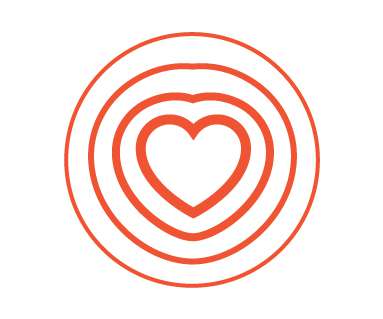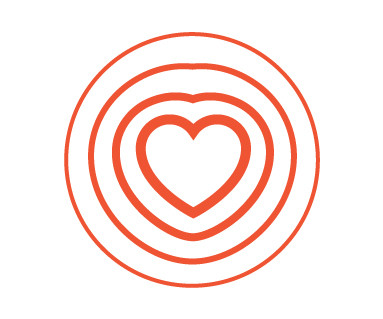Tools for Paying Medical Bills Don’t Help Health Consumers Manage Their Financial Health
Health Populi
FEBRUARY 24, 2020
The key findings in the survey of 136 health care executives were that: Digital health tools are a priority for half of the health system leaders. Key challenges to adopting digital health tools are first and foremost cost, following by interoperability and operational barriers.













Let's personalize your content